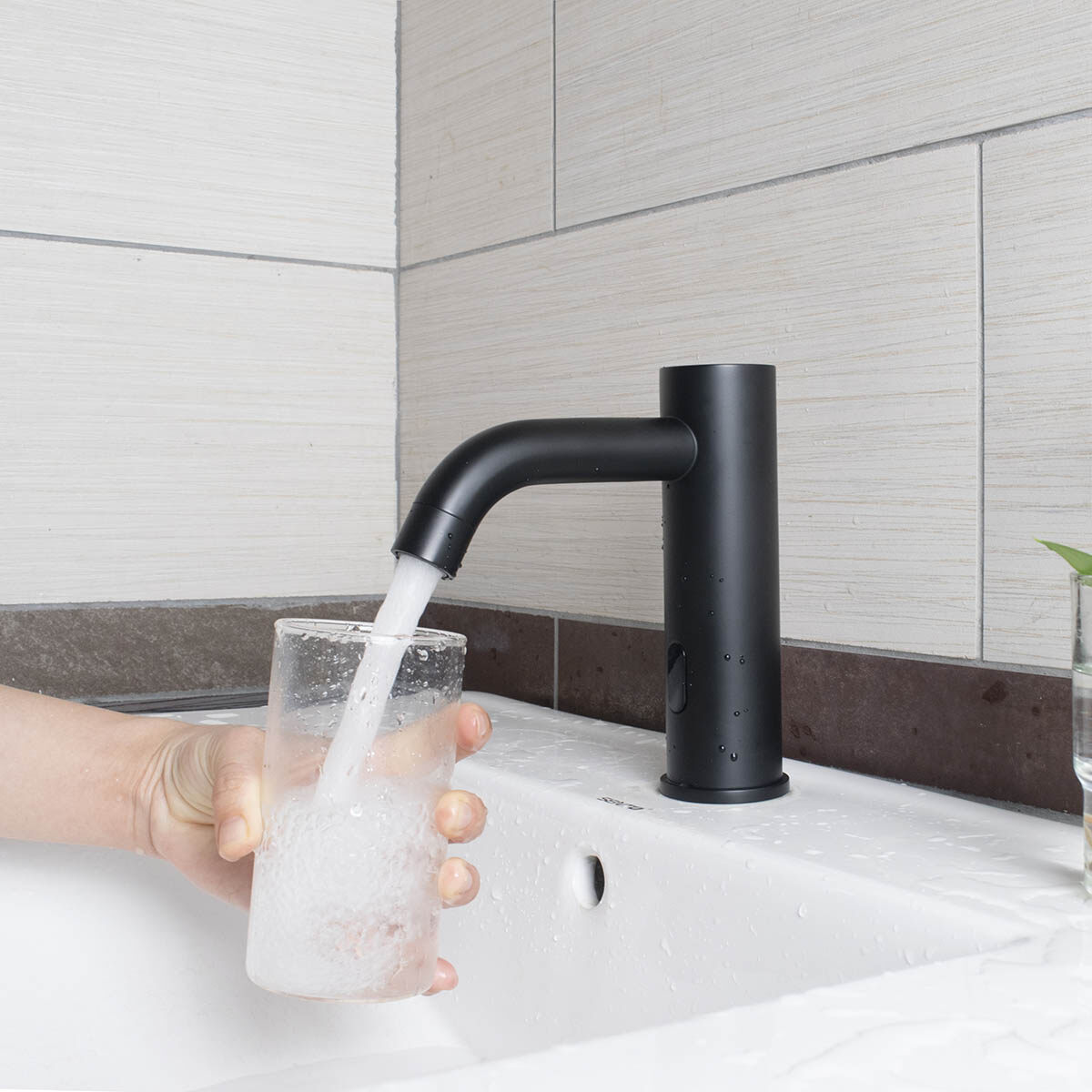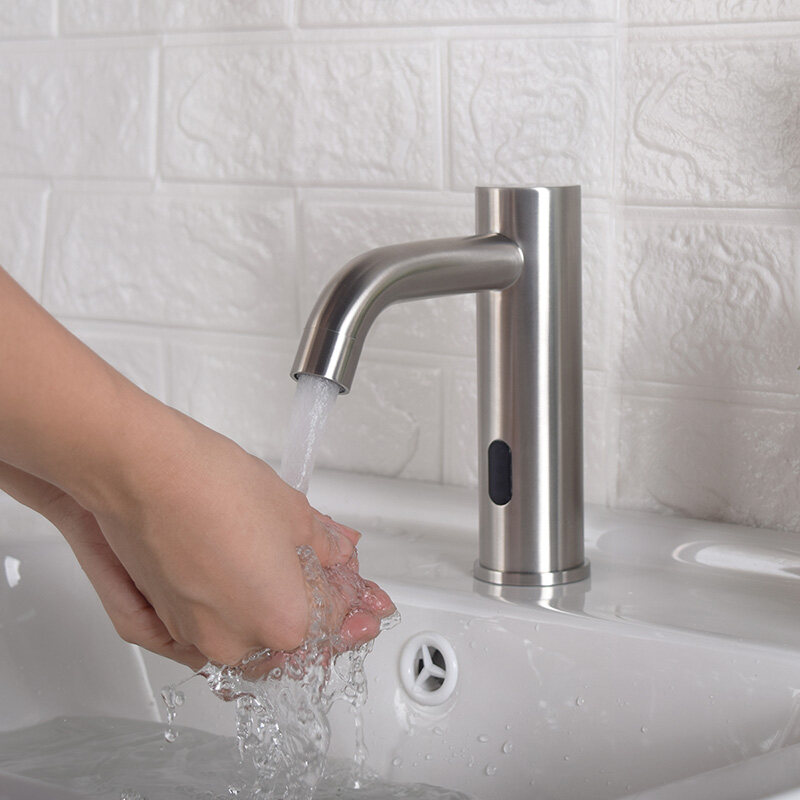Email format error
Email cannot be empty
Email already exists
6-20 characters(letters plus numbers only)
The password is inconsistent
Email format error
Email cannot be empty
Email does not exist
6-20 characters(letters plus numbers only)
The password is inconsistent


In recent years, sensor faucets have gained popularity in public restrooms and commercial settings due to their convenience and potential hygiene benefits. However, there is ongoing debate about whether sensor faucets are truly more hygienic than traditional faucets. In this blog post, we will explore the advantages and disadvantages of sensor faucets compared to traditional faucets in terms of hygiene.
Benefits of Sensor Faucets:
1. Touchless Operation:
One of the key advantages of sensor faucets is their touchless operation. Users do not need to physically touch the faucet to turn it on or off, reducing the risk of cross-contamination from germs and bacteria. This is particularly important in public restrooms where multiple people may be using the same faucet.
2. Consistent Water Flow:
Sensor faucets are designed to provide a consistent flow of water, which can help promote better hand hygiene practices. Users are less likely to struggle with adjusting water temperature or flow, leading to more effective handwashing.
3. Reduced Water Wastage:
Sensor faucets are equipped with technology that allows them to automatically shut off after a certain period of inactivity. This can help conserve water and reduce wastage, making them more environmentally friendly compared to traditional faucets.
Drawbacks of Sensor Faucets:
1. Malfunctioning Sensors:
One common issue with sensor faucets is malfunctioning sensors, which can lead to inconsistent water flow or difficulty in activating the faucet. This can be frustrating for users and may result in decreased handwashing compliance.
2. Dependency on Electricity:
Sensor faucets require electricity to operate, which means they may not function during power outages or if the batteries are not replaced regularly. This can be a significant drawback in settings where consistent access to water is essential.
3. Installation and Maintenance Costs:
Sensor faucets tend to be more expensive to install and maintain compared to traditional faucets. The technology involved in sensor faucets requires regular maintenance and calibration, which can add to the overall cost of ownership.
How to Choose The Sensor Faucets
If you are considering choosing sensor faucets, here are some suggestions for you to consider:
1. Sensor Type:
There are two main types of sensor faucets - infrared and capacitive. Infrared sensors detect motion, while capacitive sensors detect changes in electrical fields. Choose the type that best suits your needs.
2. Power Source:
Sensor faucets can be powered by batteries or electricity. Consider the availability of power sources in your location and choose accordingly.
3. Durability:
Look for sensor faucets made from high-quality materials that are durable and long-lasting. Stainless steel or brass are good options for longevity.
4. Water Efficiency:
Sensor faucets are known for their water-saving capabilities. Look for faucets with adjustable flow rates and settings to maximize water efficiency.
5. Installation:
Consider the ease of installation and compatibility with your existing plumbing system. Some sensor faucets may require professional installation.
6. Design and Style:
Choose a sensor faucet that complements the overall design of your bathroom or kitchen. There are various styles and finishes available to match your aesthetic preferences.
7. Brand Reputation:
Research and choose a reputable brand known for producing high-quality sensor faucets with reliable performance and customer support.
By considering these factors, you can choose the best sensor faucet for your needs and enjoy the convenience and efficiency it offers.
Conclusion:
While sensor faucets offer several advantages in terms of hygiene, such as touchless operation and consistent water flow, they also come with drawbacks such as malfunctioning sensors and dependency on electricity. Ultimately, the decision to use sensor faucets over traditional faucets should be based on the specific needs and requirements of the setting in which they will be installed. Proper maintenance and regular monitoring of sensor faucets can help maximize their hygiene benefits and ensure their effectiveness in promoting hand hygiene practices.